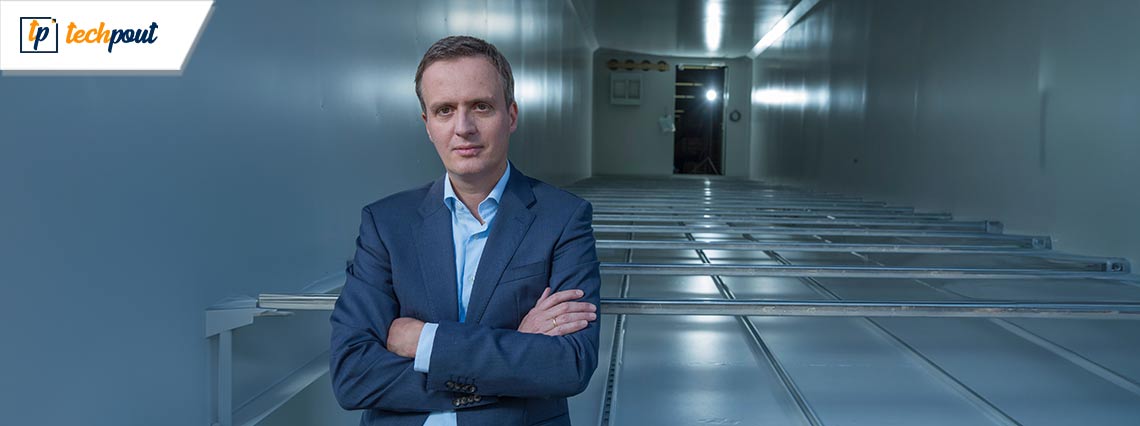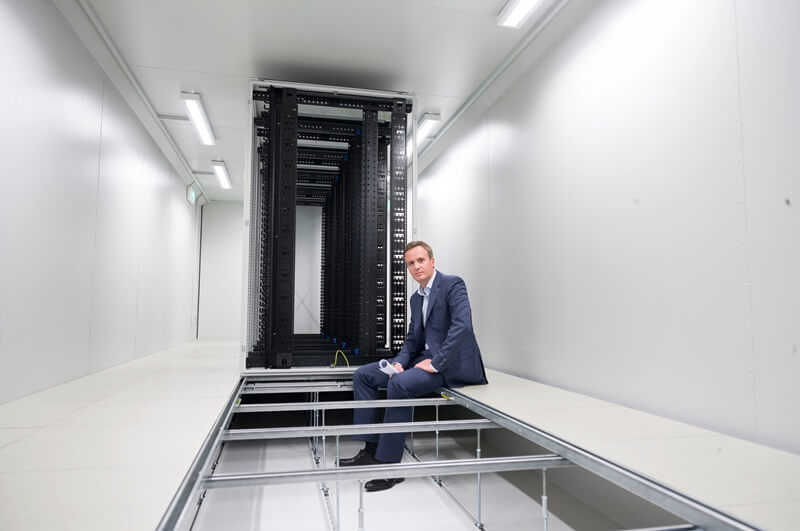The Advantages of Prefabricated Modular Datacenter

Over the last few years, the IT industry is facing a huge challenge to build out capacity within the necessary speed. The major driver for this is the ongoing digitalization of our society, the increasing demand for AI applications, and the rise of edge-datacenter where the computing is processed closer to the location where the data is generated.
Especially within the last 3 years and during Covid, shortages in labor and construction materials had a negative influence on the deployment of necessary IT infrastructure.
To meet these demands and under the given circumstances, the industry needs to find solutions for a faster deployment of physical infrastructure.
One solution is the delivery of prefabricated and modular Datacenters. Within this concept, the solution is manufactured within a production location up to a high degree and then delivered to the customer where it will be put into operation. This procedure involves significant advantages: it reduces site work at the customer place and allows parallel processes such as site preparation and manufacturing at the same time. In addition, it reduces the complexity at the installation place as most of the build-out of the solution will be done with the benefits of standardized and efficient production processes. The quality of the solution. The chance to conduct a final testing and commissioning of the product before it leaves the facility including FAT’s (Factory Acceptance Tests) together with the customer enhances the reliability and availability of the modules. All in a clean and weather-independent surroundings.
Based on the latest industry trends, we do see the need for higher cooling capacity to serve the IT equipment within the server racks. Starting from 5KW, 10 KW or 15KW in the past, nowadays capacities of 35-50KW are getting more popular. We also see customers with concepts up to 100KW per rack. To maintain environmental conditions within the module, there are different cooling technologies available in the market with easily can be integrated and tested during the prefabrication process. The medium to transport higher heat loads can be water or various liquid-cooling solutions.
But not only process- and technology advantages come along with this solution. The possibility of high-volume-purchasing, and a high level of standardization in design and build lead including less labor at the installation site lead to cost savings of the solution up to 30%. This benefit can be extended to a “grow-on-demand” or “pay-as-you-grow” strategy where a customer can start with only 1 module at the beginning and only add more modules later when needed. This reduces capex-investment at the beginning of a project and provides flexibility and scalability within dynamic market conditions. Another level of scalability comes with a possible building block concept. Depending on the requested quantities and power densities there is the possibility to go with an “all-in-one-design” (AIO) or “modular building block concept”. Within the AIO concept all critical infrastructure (IT, Power, Cooling, Security) is located in one module. Part of a modular building block concept are traditionally individual IT-, Power- and cooling containers that are a combined solution. This is in general a valuable approach when the customer is looking for densities of > 1MW.
As a conclusion, it can be clearly stated that prefabricated and modular solutions are becoming more and more popular. Key advantages are shorter and easier deployment models and a reduction in costs up to 30% compared to traditional datacenter production. They also gained flexibility, scalability and high quality are additional drivers for these type of solutions.



